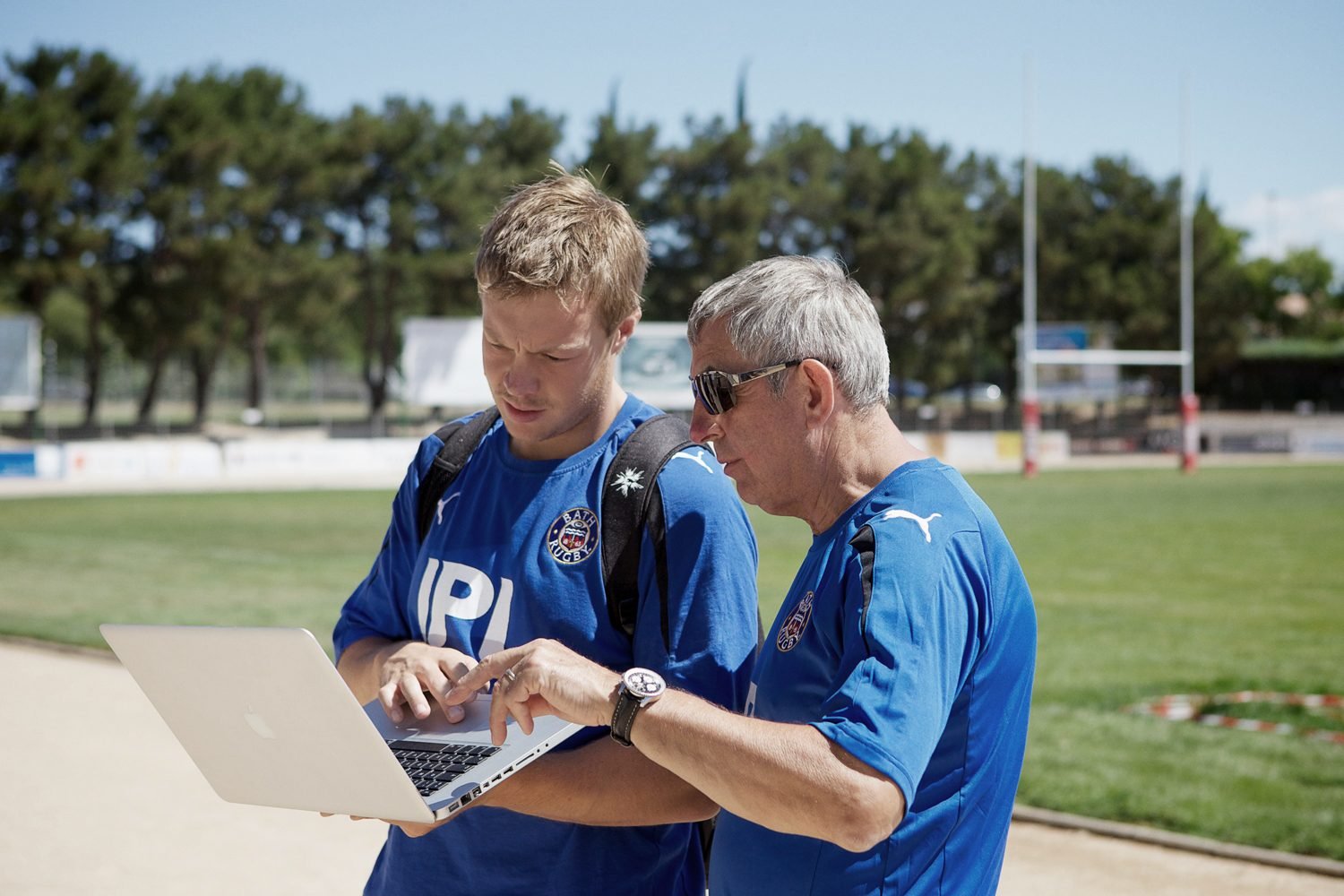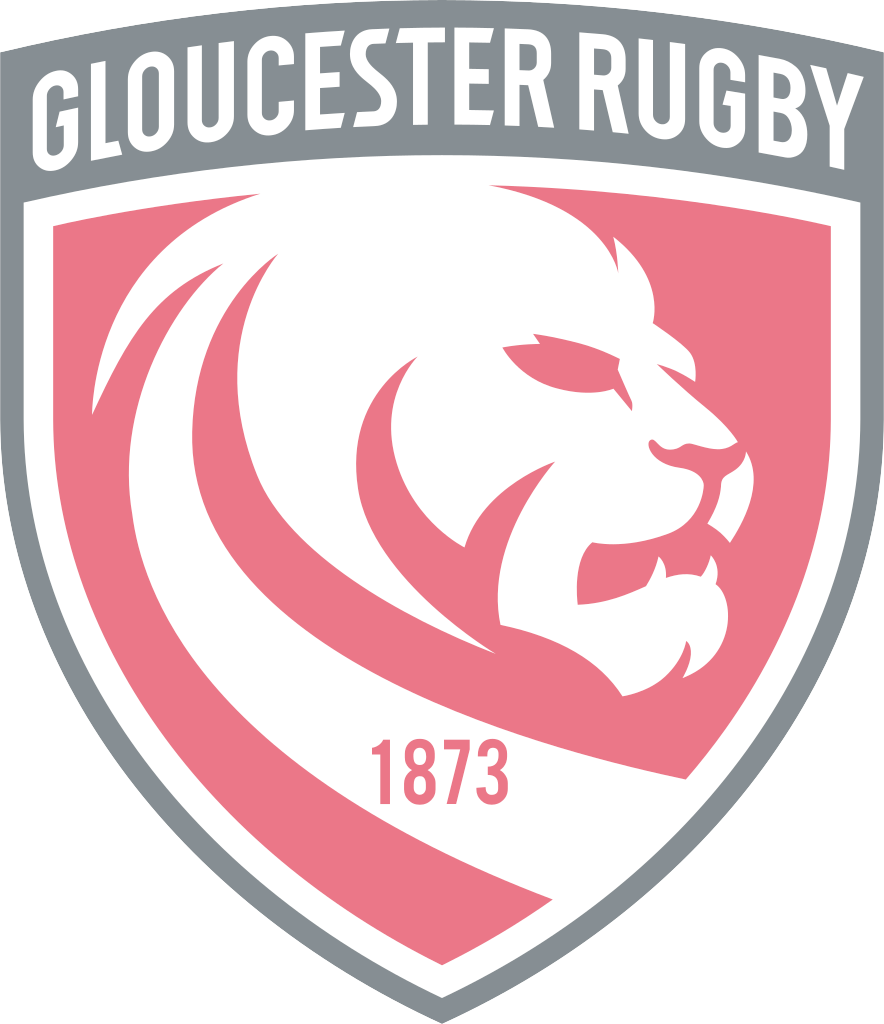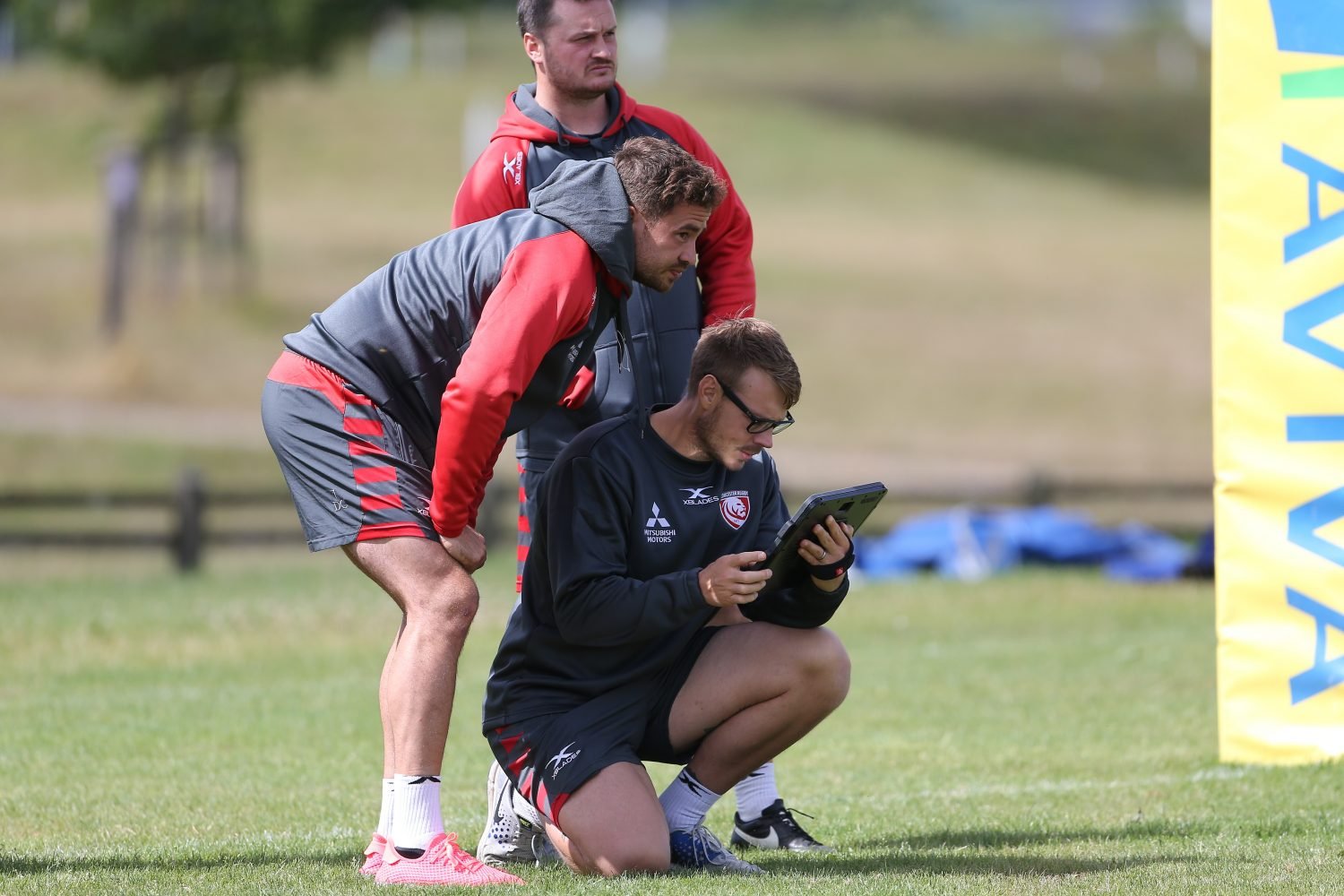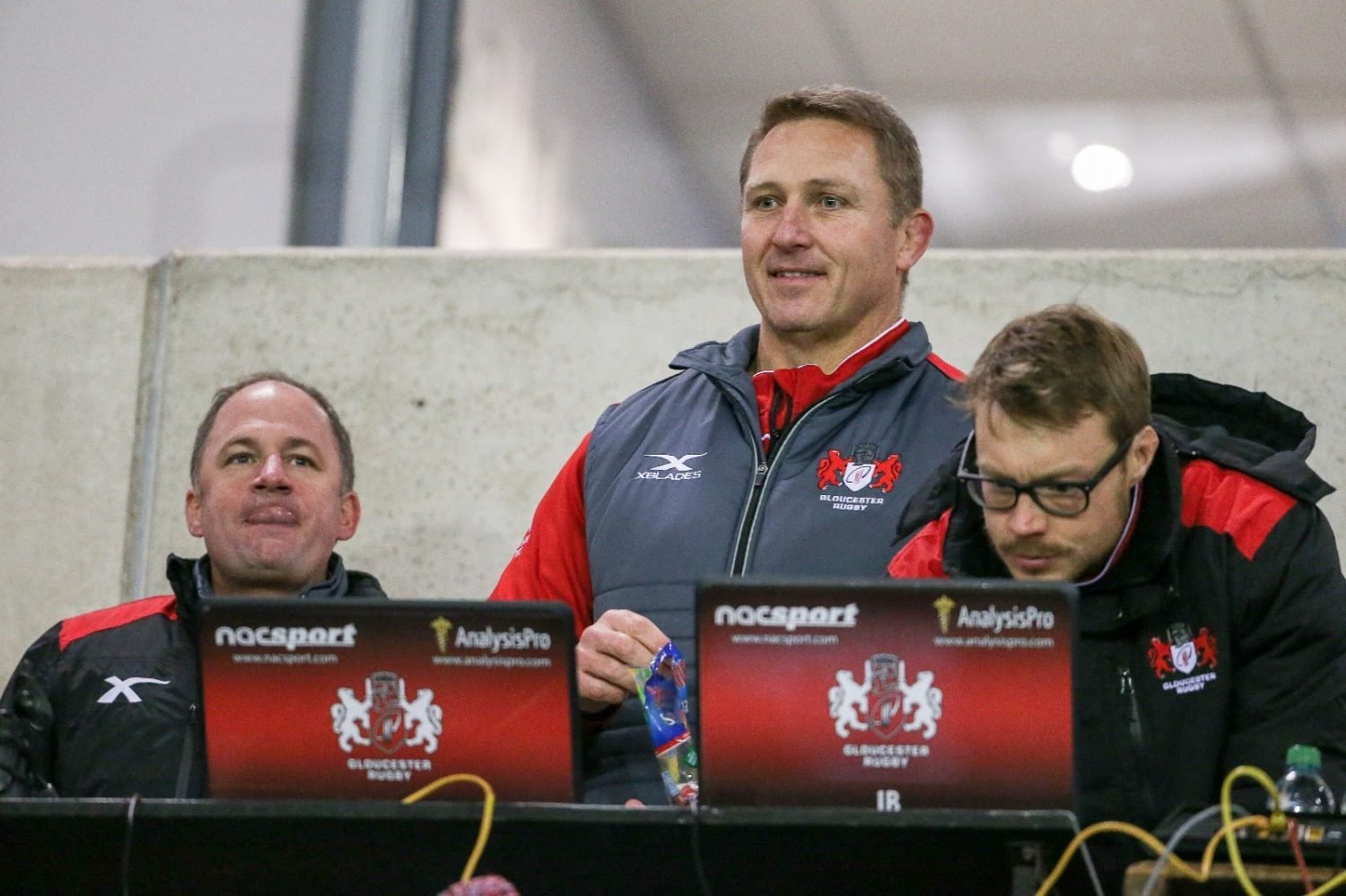Analysis inside a club – both day-to-day and longer term – is rarely discussed. There is a challenge for analysis departments in committing to the club’s short-term goals and positively impacting performance, as well as proactively considering the broader picture, and what might influence longer-term performance.
OptaPro spoke with Darren Lewis, head of performance analysis at Gloucester Rugby, sharing an in-depth discussion on the club’s processes, application of data and influencing behaviour in elite sport.
Longer term
Across the analysis industry in rugby union, video has always been a key driver in informing decision-making, particularly within the match analysis cycle.
There are of course numerous reasons for this, not least because of how players and coaches respond to this style of information. However, these game-specific principles are underpinned by a wider, longer-term, data-driven analysis.
Through identifying and tracking the answers to key questions, the performance analysis team at Gloucester Rugby are able to establish key principles that inform their tactical approach.
For example, at the base level of this work is understanding the average number of points needed for a win in the Premiership (it has jumped from 25 to 32 in recent years) provides a top-level insight into how the game is changing. All teams can score, and attacks are getting better.
Unsurprisingly, this analysis extends beyond points-per-game. The analysis that Darren leads extends to exploring team behaviour in their own half, attacking tendencies, set piece performance, and even how weather can influence style of play (there was one rain-hit week when 17 points was enough on average to secure a Premiership win).
“Long term analysis is data-led, it simply has to be,” said Darren. “We’ll constantly be assessing overarching areas of the game such as scoring patterns and set pieces, but we’ll also look further into the detail, such as how teams are finishing halves, and their kick-to-ruck-ratio, for example.”
Beyond the sport
Innovation is a common buzzword in any industry, particularly in elite sport as teams try to gain that edge over direct competitors. Without using the now almost obsolete word, Darren spoke about how the club look beyond rugby for new ideas and concepts they can apply within their own world.
“Yes, this is something try to do regularly,” Darren discussed. “Tom Reynolds (first team analyst) explored work from the NFL around evasion techniques, ice hockey can provide insight on hand-eye coordination, and recently someone from Gaelic football delivered a session at the club.
“Alongside the sport-specific techniques, I’m interested other processes and methodologies. The fact that they’re from different sports means people are a bit more open, which helps.
“What I’m particularly interested in is how coaches are delivering messages, presenting information, and different techniques on engaging players. Sport is essentially a learning environment – there are things to learn every week. The teams that do well are the teams that learn the quickest.”
All of the above, and work beyond that, is designed to create smarter players. Decision-making had been identified as an area to explore progress, with the club focused not only ensuring that athletes were stronger and fitter, but crucially able to think clearly under high pressure situations and remember the detail.
Crossing departments
There of course has to be buy-in into these strategies, and this work simply cannot be successful when done in isolation.
Discussing the way in which different departments work together, Darren speaks of the partnership with the strength and conditioning team. The integration between physical and tactical data is still in its relative infancy across many sports, and that includes rugby, although the sport has perhaps made some of the strongest progress in the application in real-time situations.
Part of the game model at Gloucester revolves around two-minute intervals. Providing that additional context means physical data analysis can take place within these two-minute structures. What is happening on the field in these sections that perhaps informs the physical results? A ruck-heavy phase of play, for example, would lead to different results for certain players, and this context has to be considered, which can then be applied in training situations.
Throughout the discussion, Darren consistently reinforced the importance of context, and ensuring that anything he presents brings solutions as well as acknowledging the wider situation and relevant factors.
Match analysis process
There is an understandable focus in professional sport on the next game. There simply has to be. The match analysis process is a thorough one that covers opposition scouting, live analysis and post-game review.
From his time at his first club (Bath Rugby, in 2010), Darren mentioned that whenever he updated his data collection templates, he kept a copies of the changes, and found that over five years before moving to a different system with interactive dashboards, over 200 incremental updates were made to the reports, as they were constantly tweaked to integrate performance data, new metrics, and provide simple but easily repeatable data collection methods that can be conducted in game.



